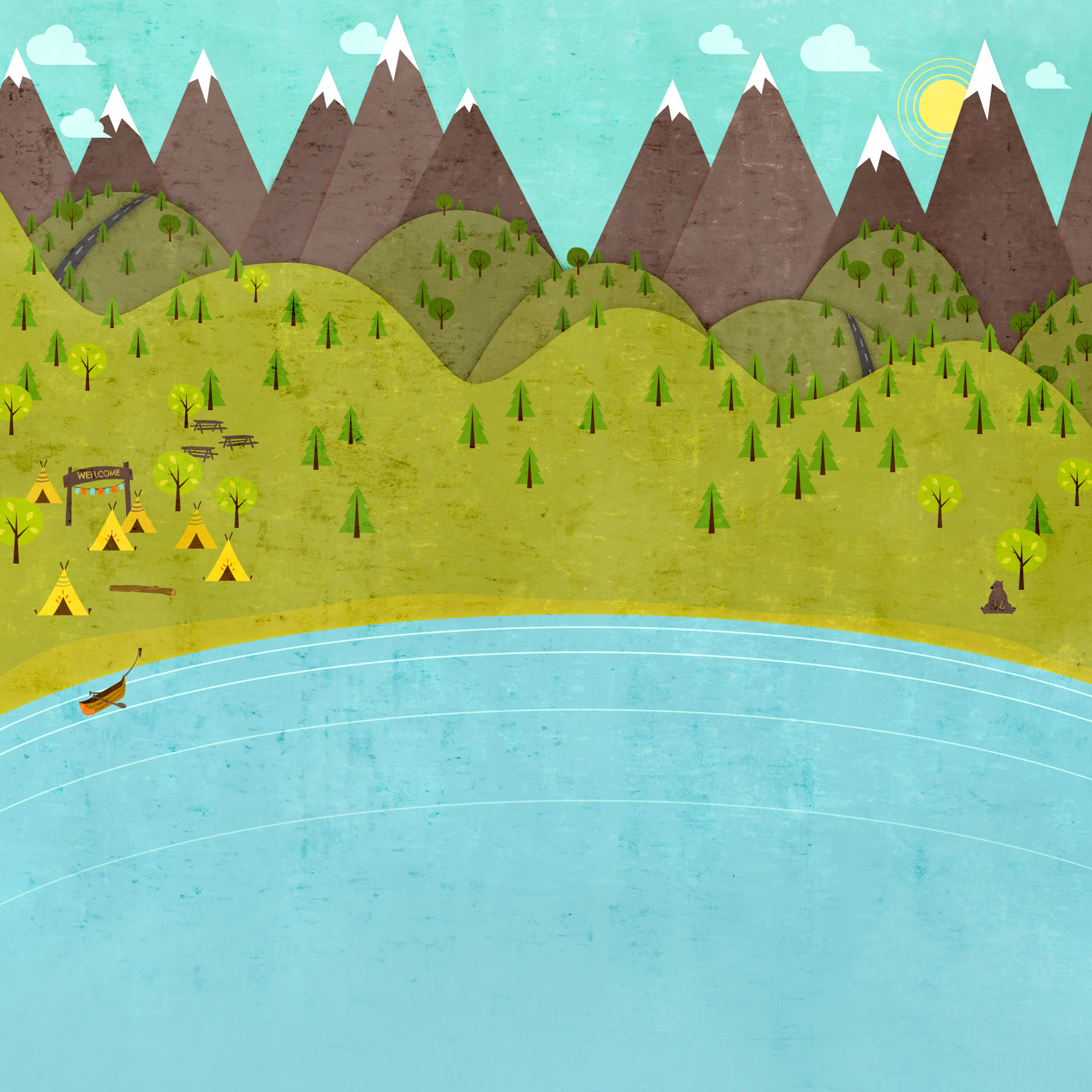

Into the Tushars
Beaver, UT
Since 1856

Joe Lott Trail
June 1, 2015 - HIKE
It still looks like winter on the mountain tops, so lets do one more hike at lower elevations. The north end of the Tushar mountains is STILL stabilizing after the 2010 Twitchell wildfire and many trails are severely eroded, however this little beauty called the Joe Lott trail was 100% unaffected and is in excellent condition. Exploring this area requires a quick 45 minute drive (from Beaver) to exit 17 off Interstate 70. Turn east from the off-ramp towards Castle Rock campground which is managed by Fremont Indian State Park. If you head to the Museum first, then your hiking day use fee is covered, and reciprocally, your 6 dollar day use fee from the campground will get you into the Fremont Indian Museum. Castle Rock campground is a hidden gem right off the interstate, but you’d never know I-70 is there because the “Castle Walls” and dense cottonwood trees protect it from any outside noise. The informative kiosk in the campground will explain the geology and erosion of the canyon walls which are reminiscent of Bryce Canyon Nat’l Park. This area is full of Native American history as well as white homesteading and mining history because of proximity to Kimberly mining district and Richfield.
The brand new power transmission lines span the mouth of Joe Lott canyon and you’ll see red and white bubbles on the wires right above a historically significant spot. This spot once was the Forest Service’s Belknap Ranger Station, complete with horse corrals, transplanted spruce pine trees and cold food storage in the white cliff walls north of the freeway. There also was an early telephone line connecting Richfield USFS headquarters with the guard stations up in the mountains. You can still see the line’s insulators bolted to tree trunks 15 feet up from here clear south to Delano Ranger station near Big Flat. Can you imagine the line maintenance since they used live trees instead of installing fabricated poles and since the forest always had trees blowing down or snowstorms bringing branches down on the wires.
To begin hiking you leave the campground to the left of the upper restroom, heading south and upstream. There is some signage indicating this is Forest Trail # 051. The trail heads up canyon on an easy grade crossing the stream seven times before it climbs out of the drainage on the canyon's west side. You leave the shade of cottonwoods, douglas firs and ponderosa pines to climb into warmer slopes of pinion pine, juniper, and scrub oak. The trail resumes it’s southerly course and as the number of aspen trees increase, the stream and the trail are again side by side. Soon you should look for trail number 209 to the right, which heads up the west fork of Joe Lott, this junction is just prior to the eighth stream crossing and about three miles from Castle Rock CG. If you want to continue your hiking adventures from here, please obtain a forest travel map and practice your own navigational skills. The 209 heads westerly for another 1.5 miles, the 051 continues southerly for another 2 miles. You may have noticed a junction for the Sam Henry trail #043 back down the main Joe Lott canyon and it goes east up and over into Dry Creek joining with the Pauite 01 ATV trail (one mile to Dry Ck and 2 miles to Sargent Mtn).
This weeks tip is so you don’t get left in the dark. Always have a headlamp and spare batteries in your pack. As summer begins and days are even longer, you’d think you have more daylight to utilize, but I’ve found the opposite to be true. Because it’s warm weather and there is more time after work, I start adventures later and summer hikes draw you in deeper and higher into the forest. Being prepared starts with decisions you make back at home and since modern headlamps and LED flashlights are so small, there’s no reason not to just keep one in your pack all the time, you’ll really thank yourself at 9:45. Now shine your light and head “Into the Tushars.”

